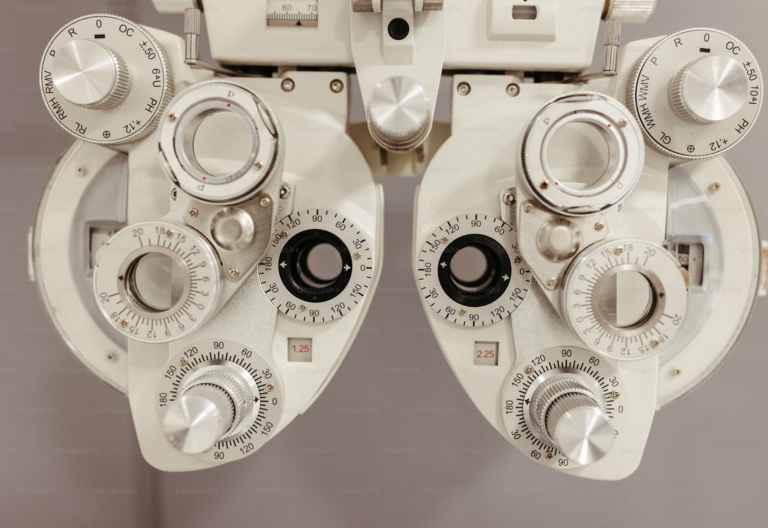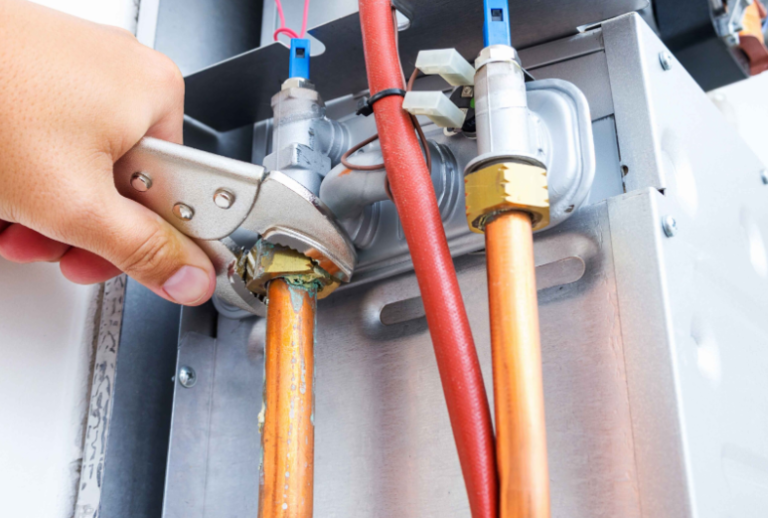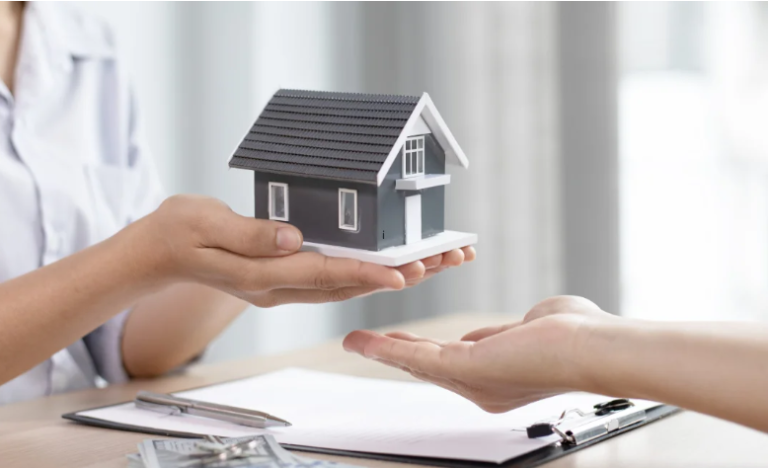1. Introduction to Smart Homes
The concept of smart homes has gained significant traction in recent years, offering homeowners a seamless integration of technology into their living spaces. Smart homes leverage Internet of Things (IoT) devices, automation, and connectivity to enhance convenience, efficiency, and control over various aspects of home management. At the heart of smart homes is the delicate balance between convenience and security, where advancements in technology aim to streamline daily tasks while ensuring robust protection against potential risks.
2. Convenience Through Automation
Connected Devices and Systems:
Smart homes feature a plethora of connected devices and systems, ranging from smart thermostats and lighting to home security cameras and entertainment systems. These devices can be controlled remotely via smartphones or voice assistants, allowing homeowners to adjust settings, monitor activities, and automate routines with ease.
Energy Efficiency and Cost Savings:
Automation in smart homes extends to energy management, where smart thermostats, energy monitors, and automated lighting systems optimize energy usage based on occupancy, preferences, and time of day. This not only reduces utility costs but also contributes to environmental sustainability by promoting energy efficiency.
Seamless Integration and Customization:
Smart home platforms offer seamless integration of disparate devices and technologies, enabling homeowners to create customized environments tailored to their preferences and lifestyle. From creating personalized lighting scenes to scheduling automated tasks, the flexibility and versatility of smart home systems enhance comfort and convenience.
Security and Privacy Considerations:
The proliferation of connected devices in smart homes raises concerns about security and privacy. Vulnerabilities in IoT devices, data breaches, and unauthorized access are potential risks that homeowners must address through robust security measures, such as strong passwords, encryption, firmware updates, and network segmentation.
3. Balancing Convenience with Security
Comprehensive Home Security Solutions:
Smart homes prioritize security through integrated solutions that combine physical security measures with digital safeguards. This includes smart locks, video doorbells, motion sensors, and alarm systems that provide real-time alerts, monitoring, and deterrence against intruders and emergencies.
Remote Monitoring and Control:
Smart home security extends beyond physical barriers to include remote monitoring and control capabilities. Homeowners can monitor live video feeds, receive alerts for suspicious activities, and remotely access and control security devices from anywhere, enhancing peace of mind and responsiveness to potential threats.
Data Privacy and Encryption:
Protecting sensitive data is paramount in smart homes. Encryption protocols, secure cloud storage, and privacy settings ensure that personal information and surveillance footage remain confidential and inaccessible to unauthorized parties, mitigating privacy risks associated with connected devices and digital services.
User Education and Awareness:
Educating users about cybersecurity best practices, device vulnerabilities, and privacy implications is crucial in promoting responsible use of smart home technologies. Homeowners should stay informed about security updates, device settings, and potential threats to minimize risks and maintain a secure smart home environment.
4. Future Trends and Innovations
Artificial Intelligence (AI) in Smart Homes:
AI-driven smart home systems leverage machine learning algorithms to analyze data, predict user behavior, and automate tasks intelligently. These AI-powered solutions offer personalized experiences, proactive maintenance, and adaptive responses, enhancing convenience and efficiency in smart homes.
Blockchain for Smart Home Security:
Blockchain technology provides decentralized, tamper-proof data storage and authentication mechanisms that can enhance security and trust in smart home ecosystems. By decentralizing control and ensuring data integrity, blockchain solutions address security concerns and establish transparent, immutable records of smart home transactions and interactions.
Integration of Sustainable Technologies:
Future smart homes will integrate sustainable technologies, such as renewable energy systems, energy storage solutions, and eco-friendly materials, to promote environmental sustainability and reduce carbon footprints. These green initiatives align with global efforts towards energy conservation and climate resilience.
5. Conclusion
Smart homes represent the convergence of convenience and security, offering homeowners innovative solutions to automate tasks, enhance comfort, and protect their living spaces. By leveraging technology, connectivity, and intelligent systems, smart homes empower users to customize their environments, optimize energy usage, and ensure robust security and privacy measures. As smart home technologies continue to evolve and integrate advanced features like AI, blockchain, and sustainability, the future holds immense potential for creating smarter, safer, and more sustainable living experiences.














+ There are no comments
Add yours